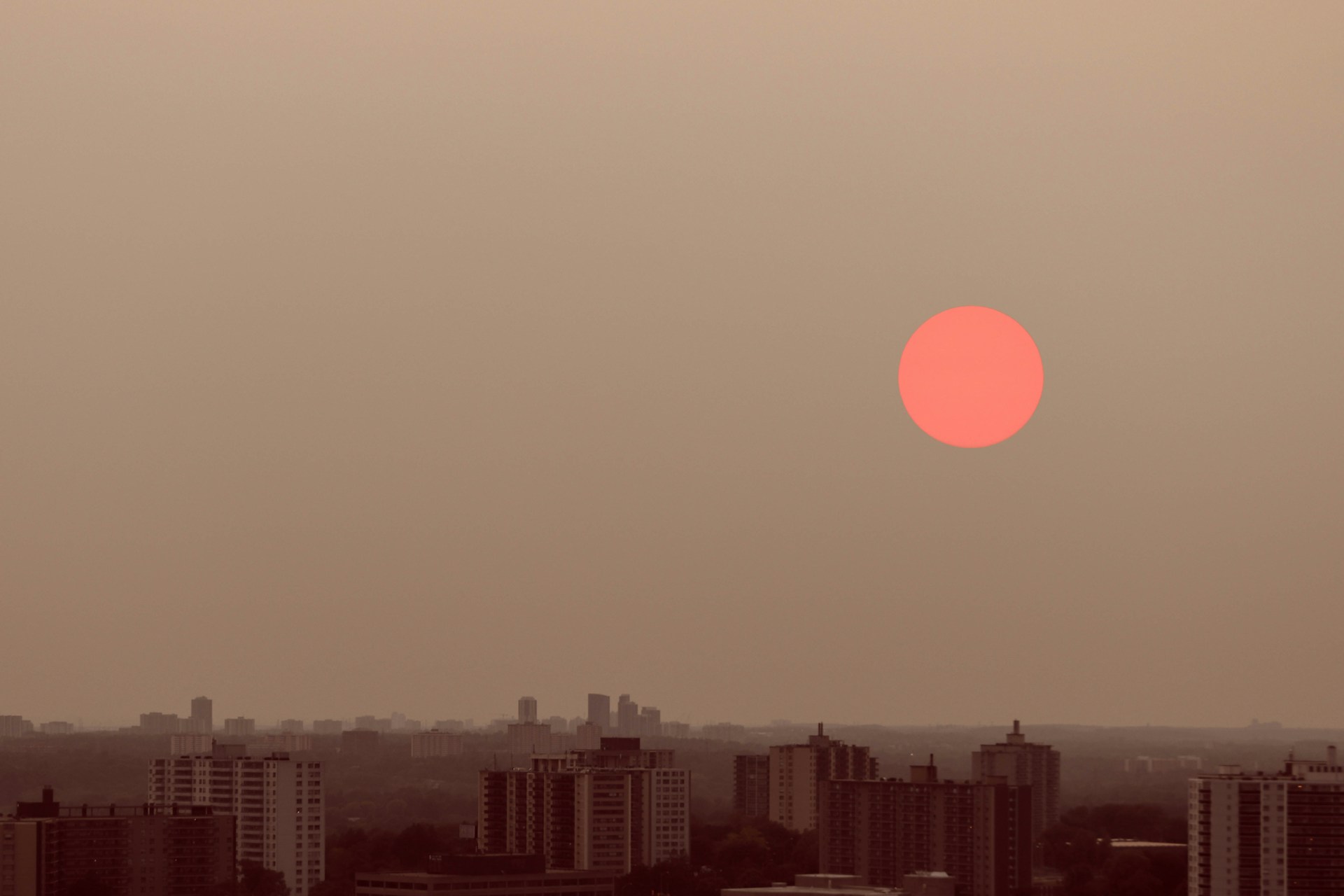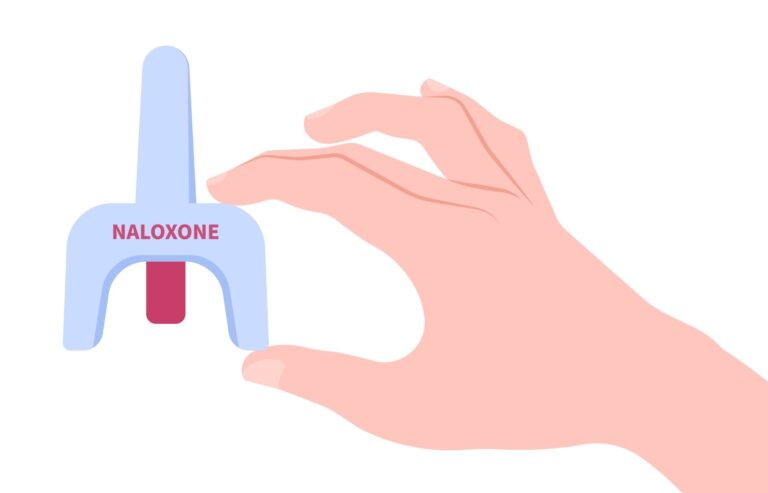The noxious cocktail of wildfire smoke
Wildfire smoke composition varies depending on factors like the type of fuel and whether the fire is smoldering or flaming, says UBC researcher Dr. Nadine Borduas-Dedekind

Photo by DESIGNECOLOGIST on Unsplash
Just what is wildfire smoke made of and why is it harmful to humans?
Wildfire smoke composition varies depending on factors like the type of fuel and whether the fire is smoldering or flaming, says UBC researcher Dr. Nadine Borduas-Dedekind. The smoke can contain oxygenated organic molecules, carcinogenic polyaromatic hydrocarbons, trace metals, and more. Researchers aren’t sure what specific components cause health issues, but the entire mix is noxious. Smoke particles that are 2.5 micrometers wide, smaller than a strand of hair, can penetrate deeper into the lungs and are particularly hazardous.
More mass more problems
The concentration of smoke particles matters—the higher the mass, the worse for human health.
Air pollutant concentrations are measured in micrograms (one-millionth of a gram) per cubic metre of air (µg/m3). Wildfires can produce hundreds of µg/m3 of particles, while the World Health Organization recommends an average annual level of just five µg/m3.
Smoke on the wind
Wind and rain also affect smoke travel. Large fires push smoke through the first atmospheric layer (the boundary layer) and into the next, where it can travel great distances. However, rain is a good washer of our atmosphere so if it rains, we don’t get smoke.
Smoke colour varies with moisture and with time spent in the atmosphere exposed to the sun – explaining why Vancouver’s smoke from the Okanagan looks different than Kelowna’s local smoke.
Protect your lungs
In addition to the excellent tips here, you can protect yourself from smoke by:
- Keep your windows closed when it’s smoky.
- Use air filters, including charcoal filters for gas molecules and filters for particulates. Regularly change your filters.
- If you smell smoke indoors, this could be “third-hand smoke,” where particles on surfaces release harmful chemicals. To remove, wash surfaces, furniture, clothes and curtains.




